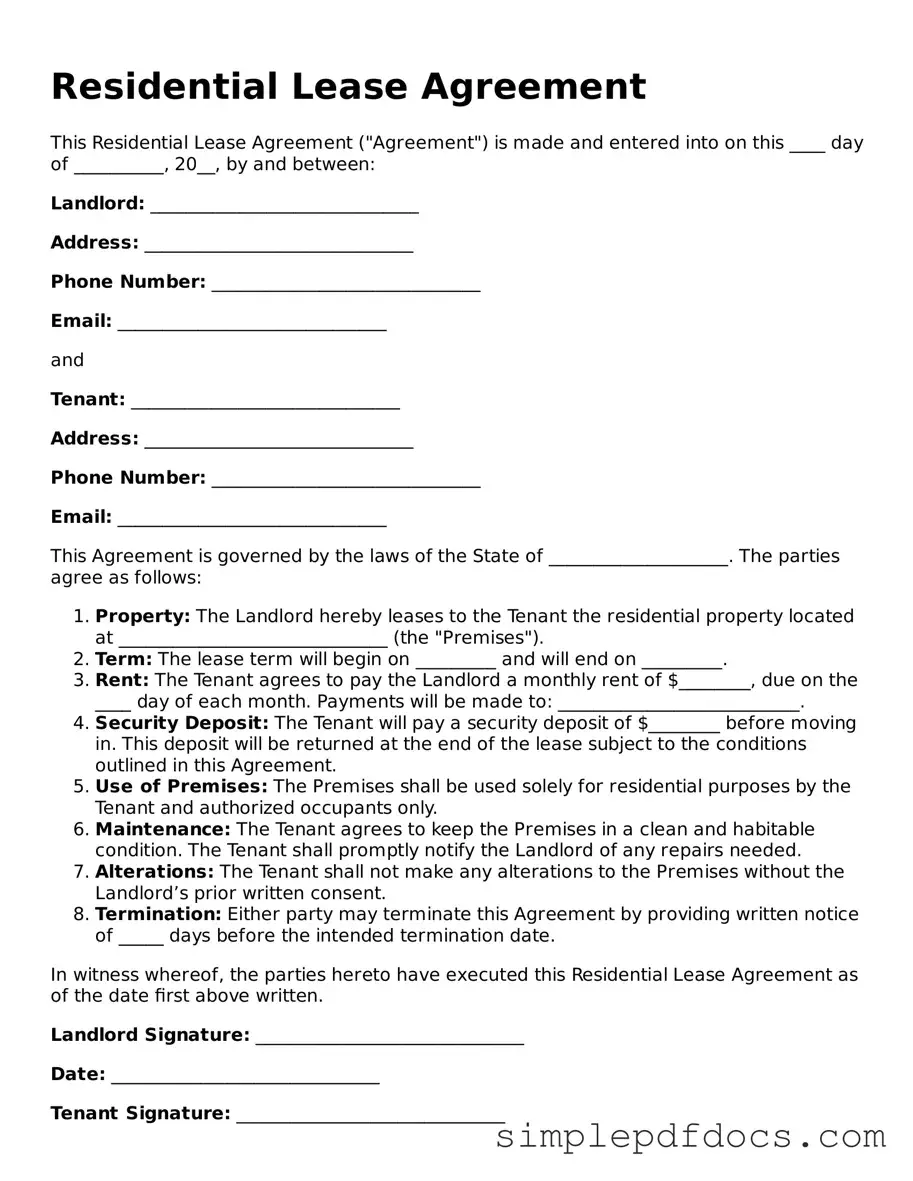Attorney-Approved Lease Agreement Form
A Lease Agreement is a legal document that outlines the terms and conditions between a landlord and a tenant for renting a property. This form serves as a crucial tool for both parties, ensuring clarity and mutual understanding regarding rent, duration, and responsibilities. Understanding its components can help prevent disputes and foster a positive rental experience.
Get Document Here
